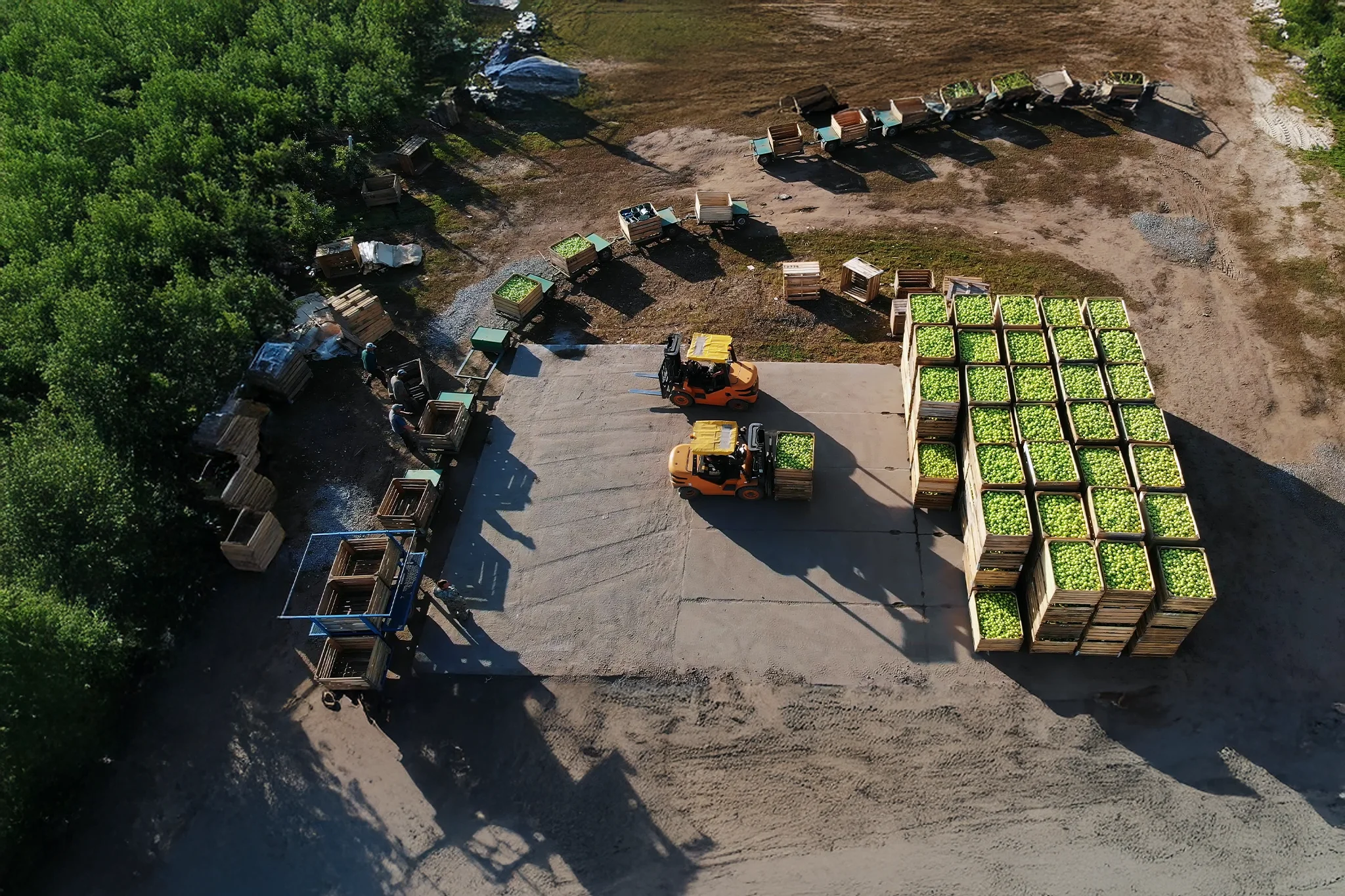The global food system is facing severe and rising supply-chain disruptions with costly impacts. This blog highlights the 5 biggest disruptors affecting food production and availability today. It also reveals how Cropin directly addresses four of these challenges with intelligent, data-driven solutions. With proactive risk management, Cropin continues to help agri-food businesses strengthen resilience and secure supply continuity.
Introduction:
Food production and agricultural supply chains face are severely impacted and food supply chain disruption is no longer an anomaly. Whether due to climate change, pests and diseases, geopolitical shocks, or evolving regulations, the volatility is real and the consequences are expensive and far-reaching. Leveraging Artificial intelligence (AI) and machine learning (ML) in agriculture are no longer optional; they’re essential to secure food production and manage risks and ensure supply chain resilience.
This blog explores the key drivers of disruption, the measurable costs incurred, and how AI-powered tools, specifically those from Cropin, can address four out of the five main disruptors, complete with real-world examples and impact numbers.
Key drivers of food supply chain disruptions
Below are five major categories of disruption affecting food systems globally. Though a host of other challenges exist (labor shortages, input costs, soil degradation, etc.), these five together capture most of the volatility.
1. Extreme weather events & climate variability
Changing rainfall patterns, higher frequency of droughts and floods, heatwaves, unseasonal storms, all are actively reducing predictability in agri-food systems. This volatility disturbs crop calendars; results in sharp yields drop; and harvested quantity & quality suffer.
2. Pest & disease attacks
3. Geopolitical risk and trade disruptions
Wars, trade embargoes, new tariffs, pest/disease spread across borders, export bans, disruptions in major shipping routes can suddenly restrict supply or spike increase cost of certain crops. The Ukraine and Russia conflict, for instance, had far-reaching ripple effects in the global grain and oilseed supplies. It stressed food security across continents.
4. Changing regulatory & policy environments
Governments are increasingly implementing stringent rules around traceability, sustainability (carbon footprint, deforestation, water usage), food safety, pesticide residues, and more. Companies that fail to comply – risk penalties, loss of market access, and irreparable reputational damage.
5. Logistical / Shipping / Infrastructure challenges
Even when production meets demand, getting food from farms to processing plants and finally to consumers is complex. Port congestion, shipping delays, cold chain failures, rising transport costs, labor bottlenecks are just some factors that affect delivery. These issues particularly have detrimental effects on perishables, causing spoilage, waste and delay. The result, unpredictability in the final retail environment.
The costs of these disruptions
When agricultural supply chains are disrupted, the impacts are large and multifaceted:
These costs are not theoretical. Companies lose millions. Governments struggle to ensure domestic food security. Societal welfare is affected. The urgency lies not just in mitigating business risk, it’s about sustaining livelihoods and feeding growing global populations.
How Cropin helps solve 4 of the 5 disruptors
Cropin’s solutions are designed to address four of the five categories of disruption head-on. By moving away from fragmented systems and embracing AI-powered agri-intelligence, companies gain the control they need.
1. Countering extreme weather & climate variation
Climate smart agriculture (CSA) requires accurate, granular intelligence for proactive adoption.
2. Mitigating pest & disease attacks
3. Navigating geopolitical risk & trade disruptions
Geopolitical instability requires businesses to rapidly shift sourcing strategies to ensure continuity of supply.
4. Ensuring compliance with changing regulatory environments
Meeting evolving environmental, social, and governance (ESG), food safety, and traceability standards demands verifiable, transparent data from farm to fork.
Note:
While Cropin’s superior forecasting and risk mitigation tools indirectly help manage the Logistical / Shipping / Infrastructure Challenges, the platform does not currently manage logistical / shipping infrastructure challenges like port congestion or cold chain breakdowns directly.
How cropin is transforming agriculture with AI: Real-world impact
Future-proofing fresh produce supply chains with walmart
Global retailers face challenges in ensuring a consistent supply of fresh produce due to unpredictable weather patterns, pest outbreaks, and logistical disruptions.
Climate smart agriculture with ADPC
Climate change is threatening the crops taking a devastating toll on agriculture, significantly impacting smallholder farmers in countries like Bangladesh and Sri Lanka.
Sustainable sourcing with Loacker
Ensuring traceability and sustainability in the hazelnut supply chain, from farm to final product.
Early pest and disease warning with Space4Good
Conclusion
Across all the different crops and continents, the core truth is this: agriculture is no longer just about planting and harvesting it’s about having the intelligence to anticipate, adapt, and thrive in a volatile world. Cropin’s AI-powered solutions are driving this essential shift from reactive farming to predictive strategy.
Having digitized over 30 million acres globally and monitoring nearly 1 billion acres, our scalable platform offers farmers, agribusinesses, and supply chain leaders the intelligence they need to make informed, timely decisions. Think about it: whether it’s safeguarding Walmart’s fresh produce or securing Loacker’s traceable hazelnut supply, we’re consistently turning complexity into actionable insights for their teams.
The bottom line is that in today’s unpredictable environment, businesses can’t risk relying on fragmented data. By leveraging AI and machine learning and generative intelligence organizations are doing more than just surviving disruption. They’re actively building supply chains that are demonstrably smarter, stronger, and truly future-ready. Every field digitized, every risk prevented, and every yield optimized is a huge step toward making agriculture more predictable, profitable, and sustainable for everyone involved.












